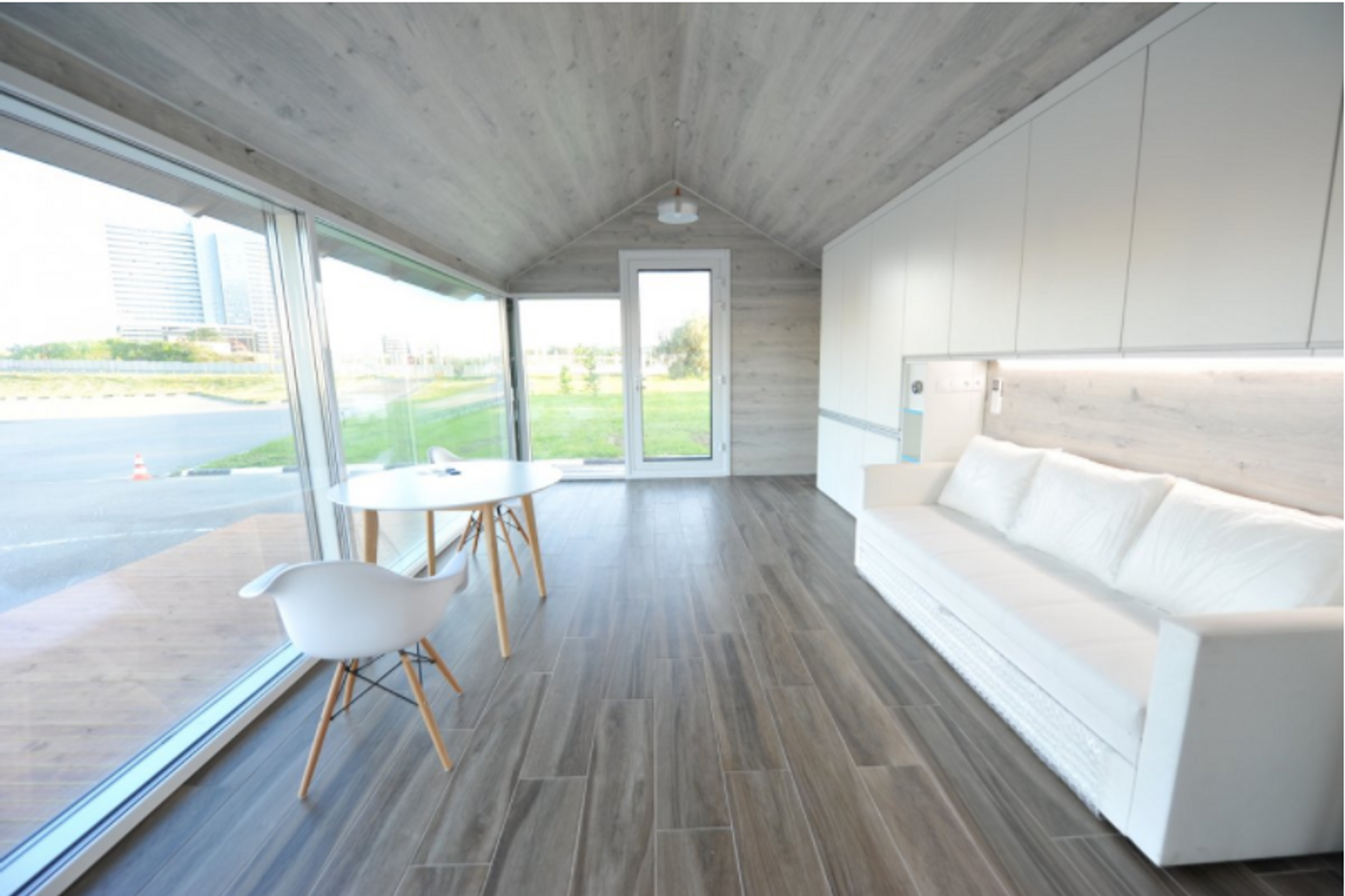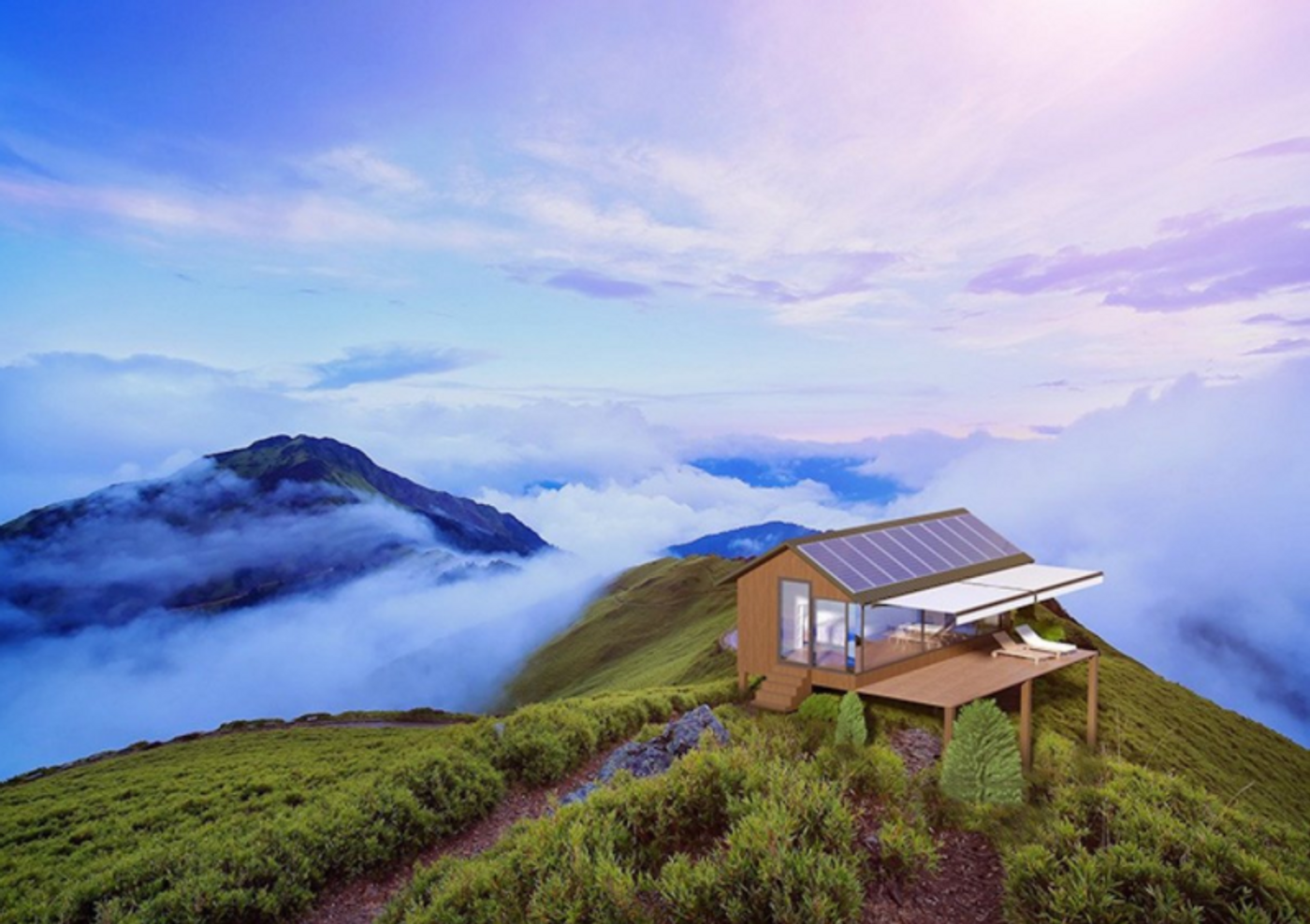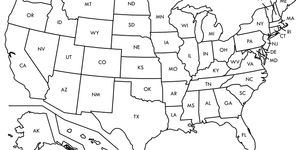3D-Printed, Off Grid Tiny Homes Come to U.S.
Tiny homes are often coveted because they typically have a smaller environmental impact and appeal to those seeking to scale-down the amount of belongings and space to which they are attached. In the U.S., the average home size is about 2,500 square feet, while tiny home sizes are often just a few hundred.
According to Tiny Living Life, the movement began in 2007, during the beginning of the economic recession, but when the economy improved, tiny house living did not decline, the minimalistic lifestyle approach actually grew in popularity due to factors such as environmental and financial impact.
These small homes can be placed in atypical settings and have also been deployed to aid communities lacking basic housing, such as the homeless in Newfield, New York, and refugees seeking shelter in Berlin. The Ukrainian startup PassivDom, which launched in 2017, has designed a small home that can be completed within a day. In fact, much of it can be 3D-printed within hours.
"We should have opportunities to live in nature away from civilization, but have comfortable conditions of a traditional house. This technology can allow us to live in the woods, on mountains or on the shore — far away from people and infrastructure" Designer Maria Sorokina says.
These petite houses range in size from 410 to 775-square-feet. PassivDom uses a robot that can 3D print much of the houses’ structure, including its roof, 20-centimeter-thick-walls and floor. The seven-axel printing robot uses several types of resins, carbon fibers, basalt fibers, polyurethane and fiberglass to create the home. Doors, windows, plumbing, heating, cooling, and electrical and alarm systems are then added in a traditional fashion.
The houses can be entirely off-grid; they come with a solar battery, collect water from environmental humidity or allow users to supply their own water, and have independent sewage facilities and systems. Simpler models can be completed in less than a day and customized
Smaller versions of PassivDom houses cost from $64,000 to $97,000 and larger ones go for from $97,000 to $147,000. The company has already received more than 8,000 orders originating in the U.S. and will reportedly start to ship them in 2018. The first 100 are due to be delivered in January. Pre-made houses can usually ship the day after an order is placed.
Sorokina also recognizes that these innovative structures can help to address the global housing crisis: "Over 100 million people do not have a roof over their heads. It is necessary to build more affordable houses,” she states.
Other companies specializing in producing homes quickly through the use of 3D-printing include Branch Technology in Tennessee, Apis Cor in California and Dus Architects in Amsterdam.









